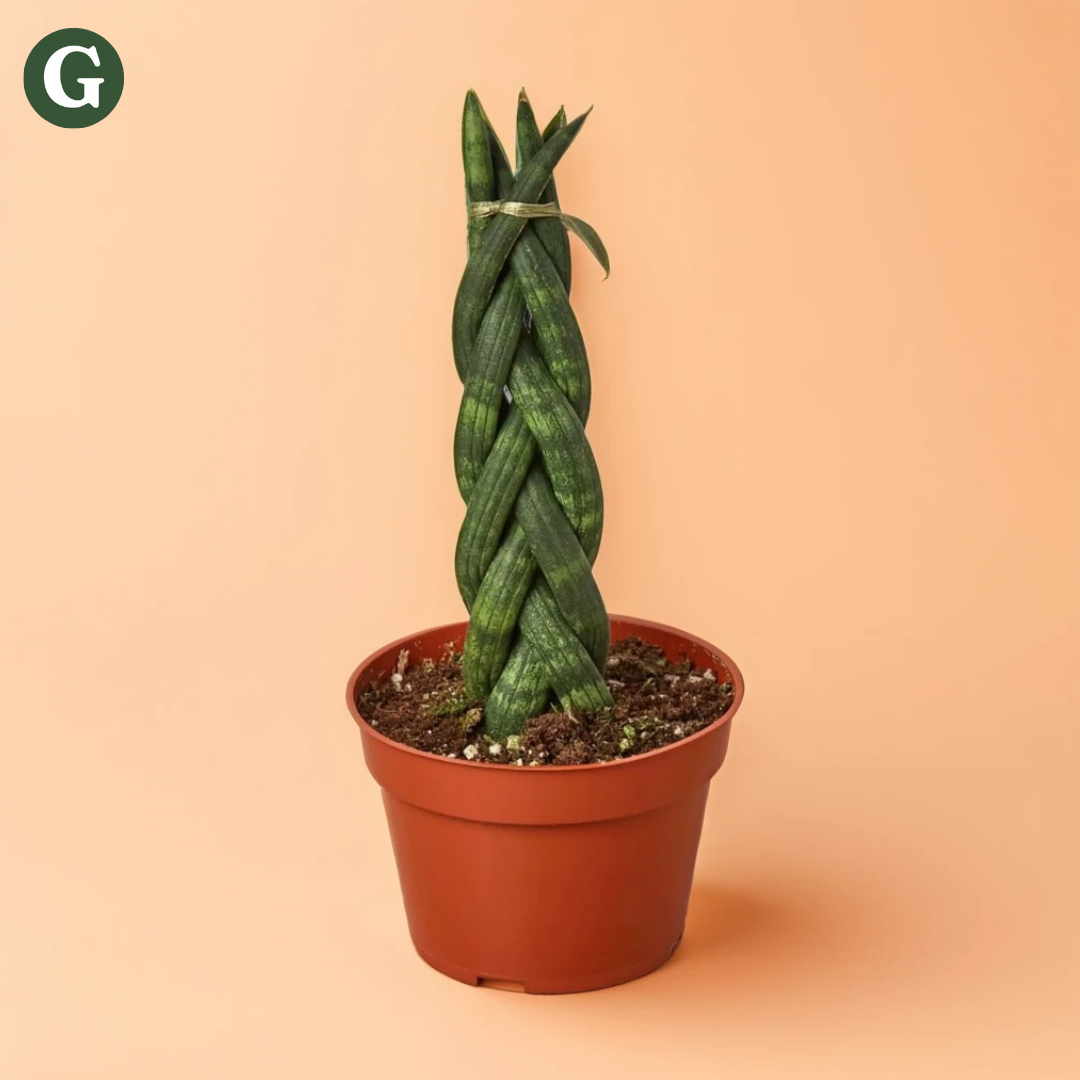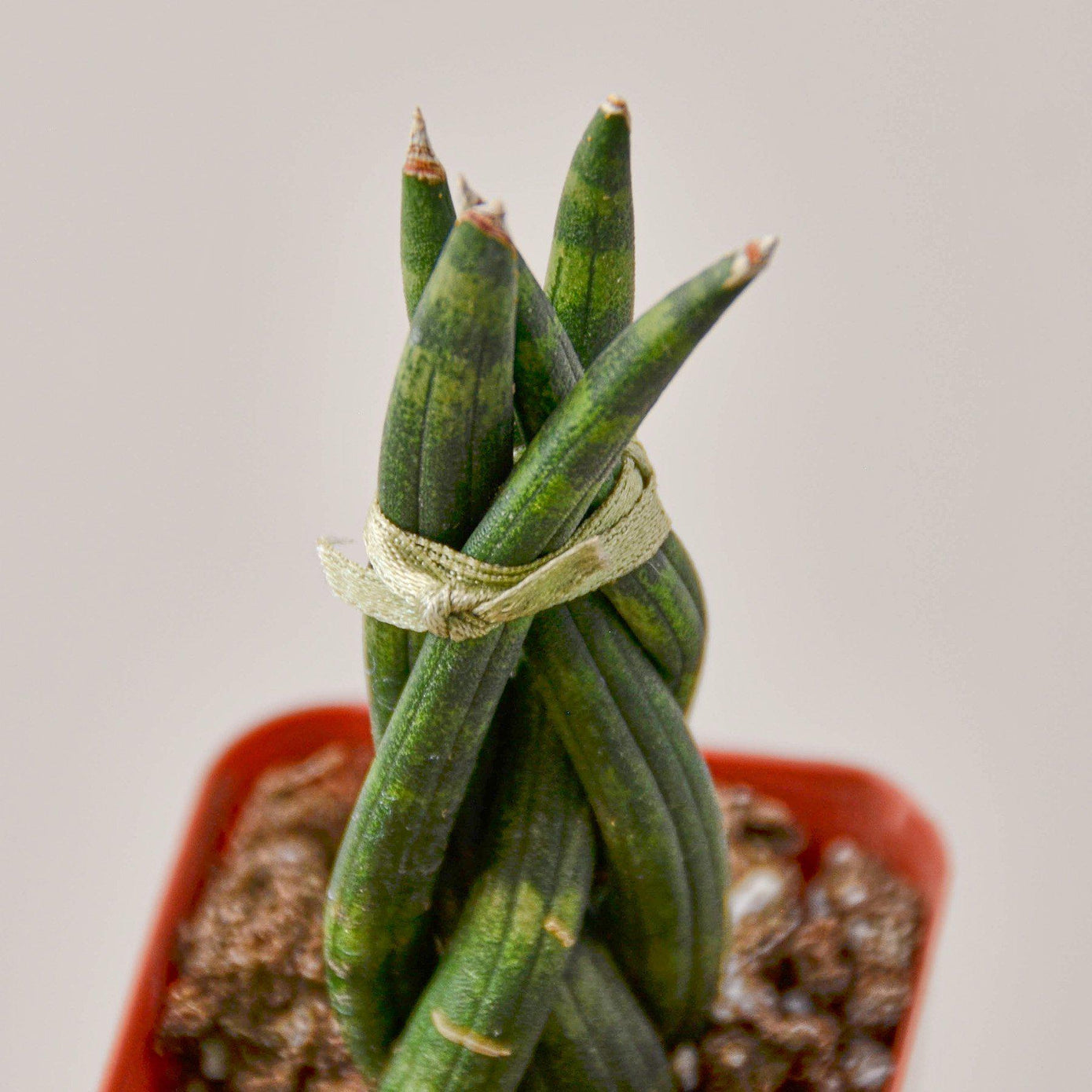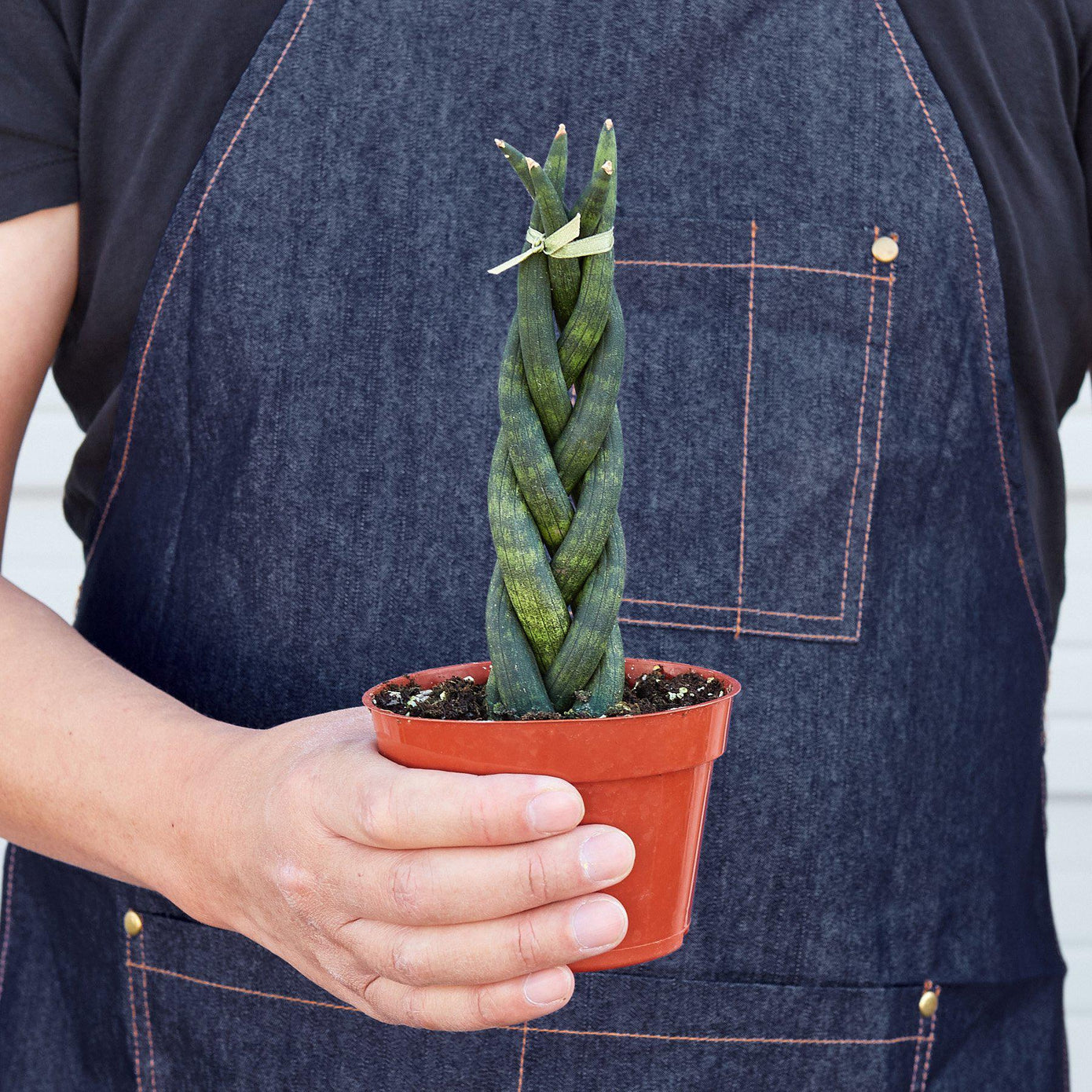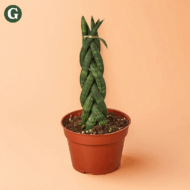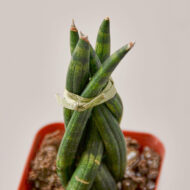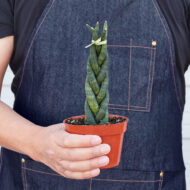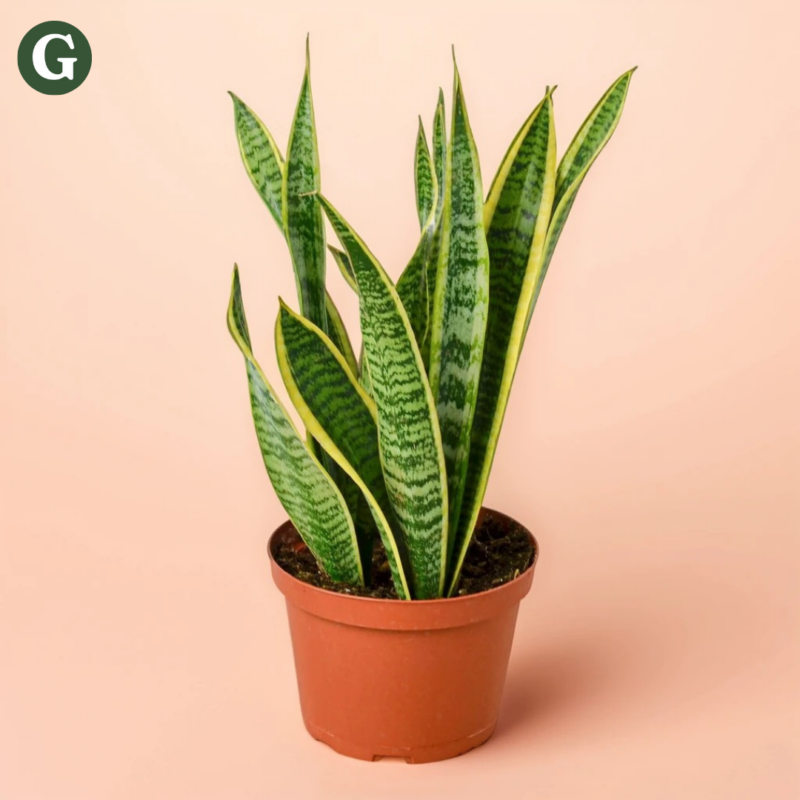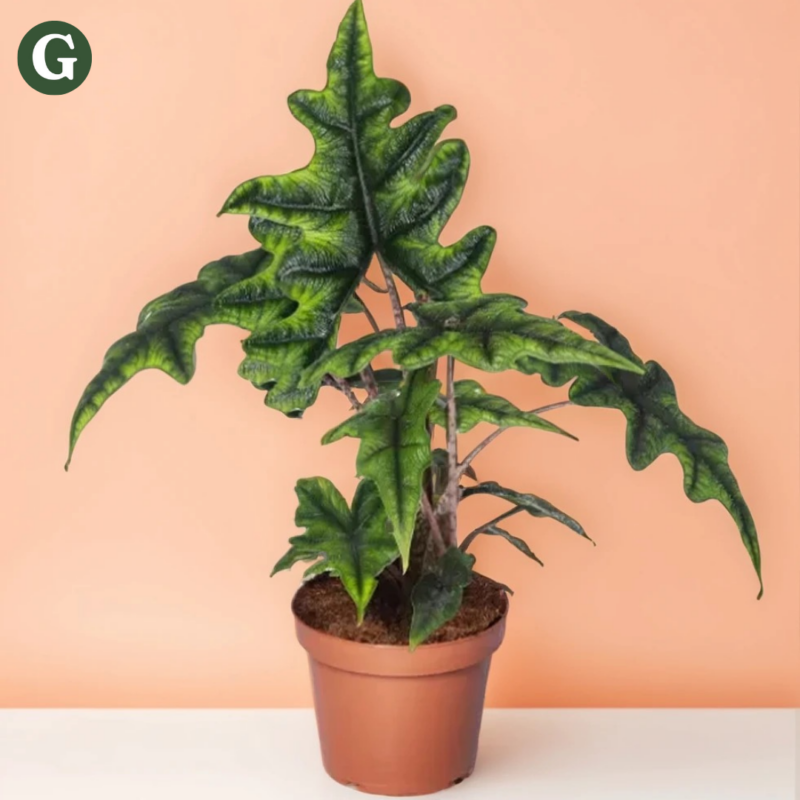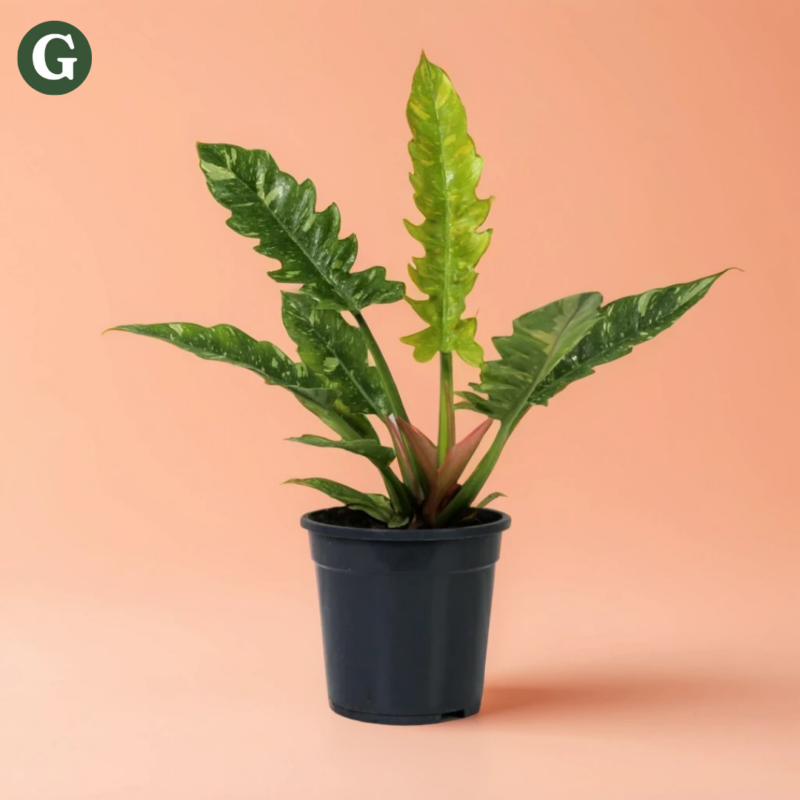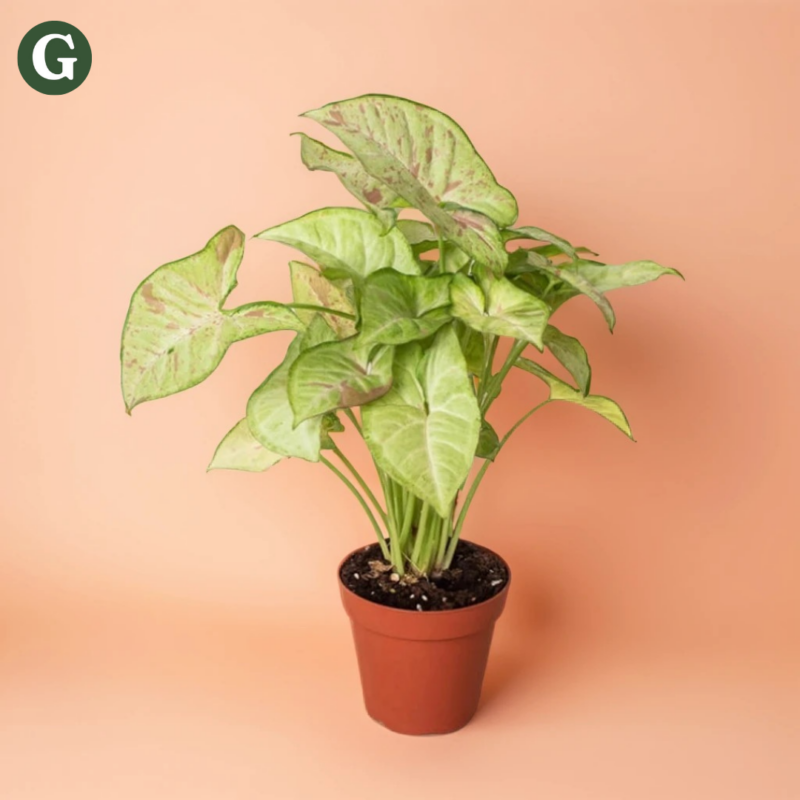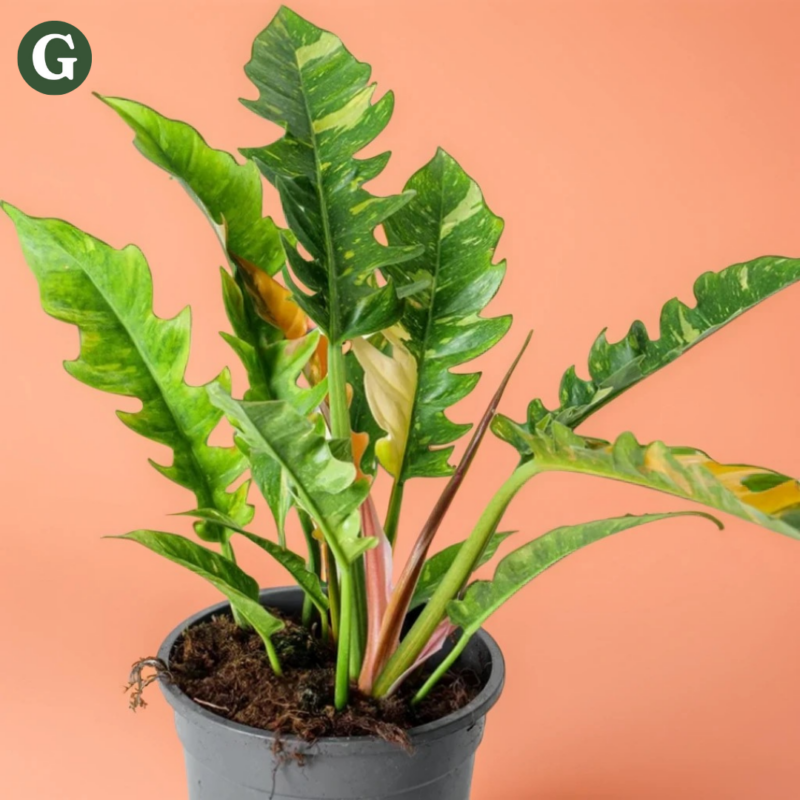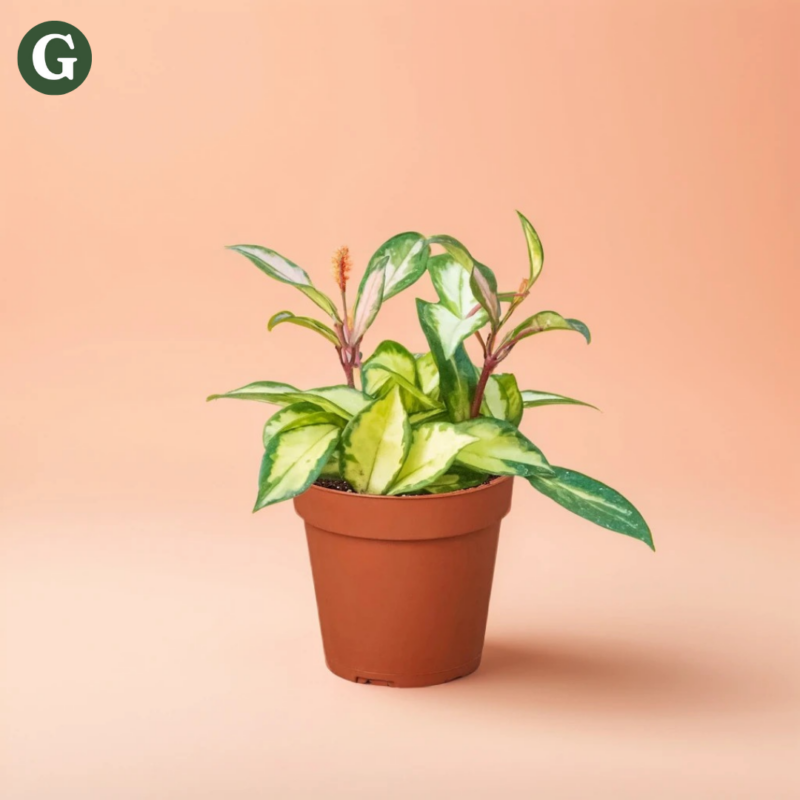Snake Plant Braided
Botanical Name: Sansevieria cylindrica (also known as Dracaena angolensis)
Common Name(s): African Spear Plant, Cylindrical Snake Plant, Spear Sansevieria, Mother-in-law's tongue
The Braided Snake Plant is a unique and sculptural member of the Sansevieria family, easily recognized by its smooth, cylindrical leaves that grow upright in a spear-like formation. These thick, dark green leaves often feature faint, horizontal striping and can grow singly or braided for a more decorative look. Its bold, minimalist form and geometric silhouette make it a striking choice for modern interiors, while its toughness and adaptability make it well-suited for both beginner and experienced plant lovers.
This snake plant thrives in bright, indirect light but is remarkably tolerant of low-light conditions and artificial lighting, making it a great addition to offices, bedrooms, or shaded corners. It prefers sandy or cactus-style, well-draining soil and should be watered infrequently, allowing the soil to dry out completely between waterings to avoid root rot. The plant is extremely drought-tolerant and thrives in average indoor temperatures with low to moderate humidity, requiring minimal attention to remain healthy.
Air Purifying Qualities:
Toxin Removal: This Spear Snake Plant helps purify indoor air by removing toxins such as formaldehyde, benzene, and toluene, contributing to a cleaner and healthier environment.
Oxygen Production: Like other Sansevierias, it releases oxygen at night, supporting improved air quality during sleeping hours.
Humidity Regulation: Through its low-level transpiration, it can contribute slightly to ambient humidity, particularly in dry indoor spaces.
Note: The Braided Snake Plant is mildly toxic to pets (cats and dogs) if ingested. Symptoms may include nausea, vomiting, and drooling. To keep furry companions safe, place the plant in an area they can’t access.
Care Insights & Expert Tips
- The stem do not have to be separated: While to stem can be separated, its often best to keep the plant in tact to prevent for the aesthetics as it grows.
- Repot infrequently: Repot your snake plant only when it becomes root-bound. Use a well-draining cactus or succulent potting mix.
- Tolerant of neglect: Snake plants are very forgiving and can tolerate periods of neglect, but generally the more care - they look healthier and more beautiful.
- Propagation: Snake plants are easy to propagate through leaf cuttings or stem cuttings. Simply cut a healthy leaf or stem and place it in a pot with well-draining soil. For this snake plant, dividing the rhizomes is recommended; let it rest for a couple of days before planting.

Visit our plant care library
Find essential tips to keep your plants thriving, vibrant, and healthy.
